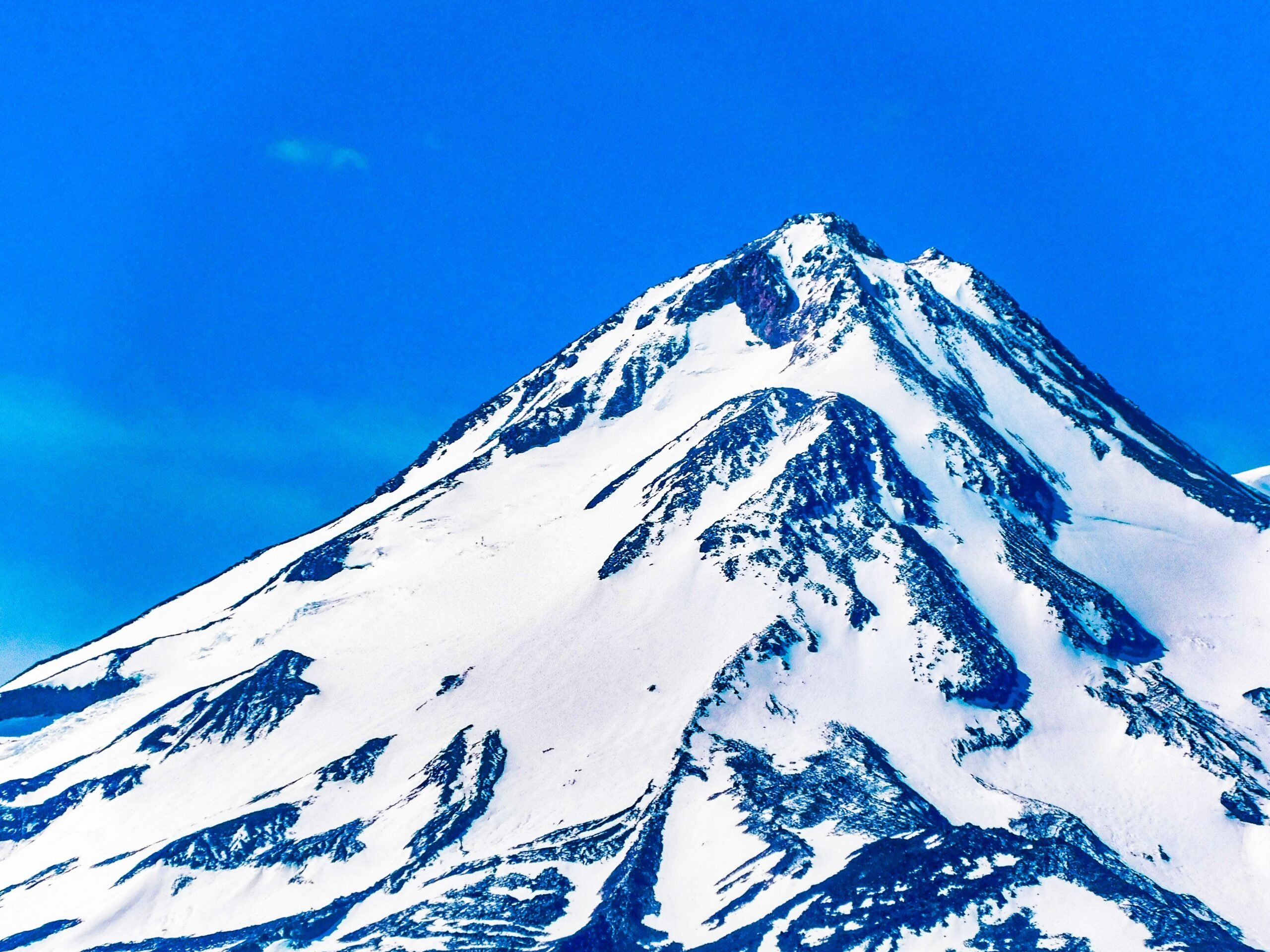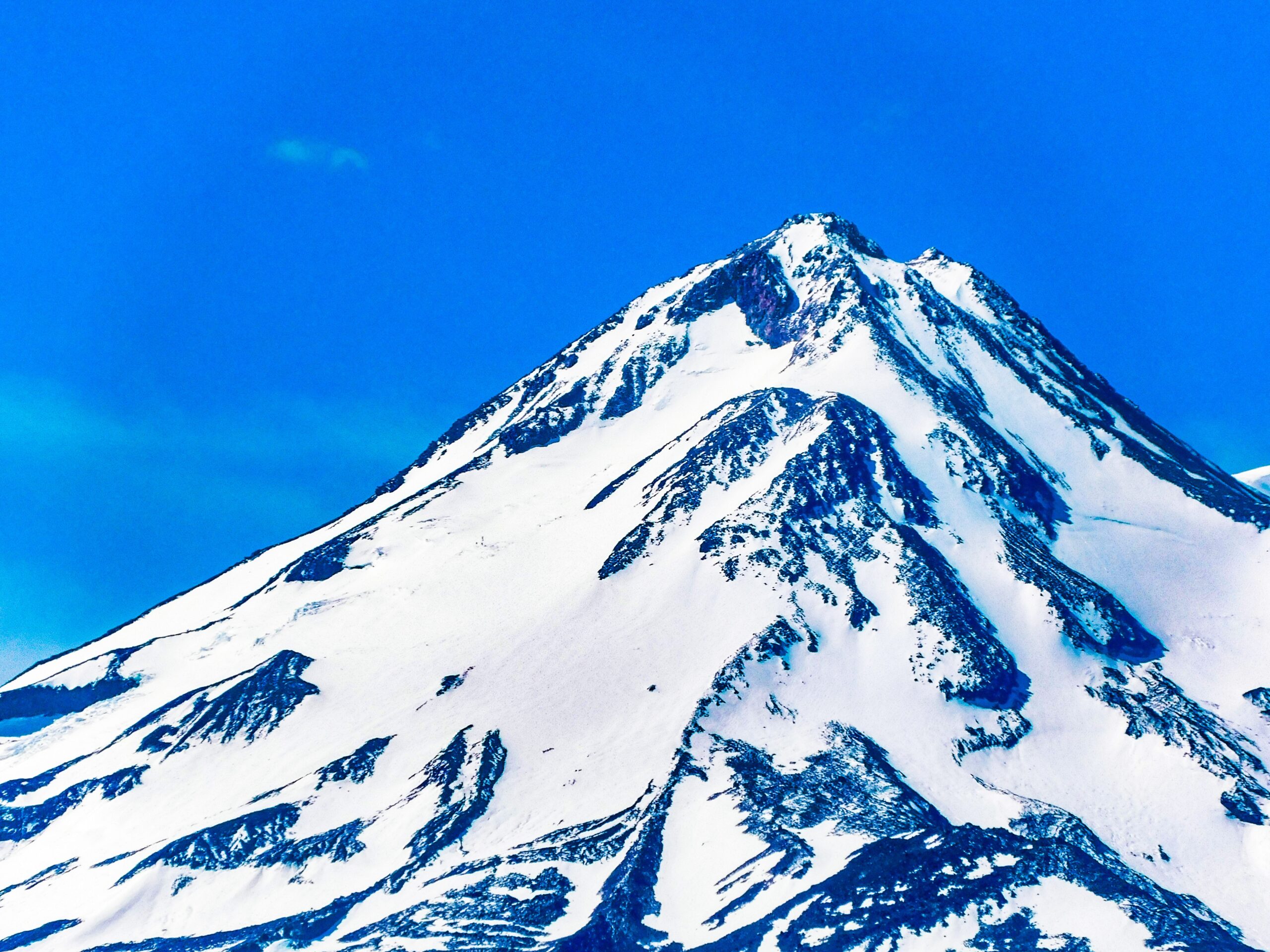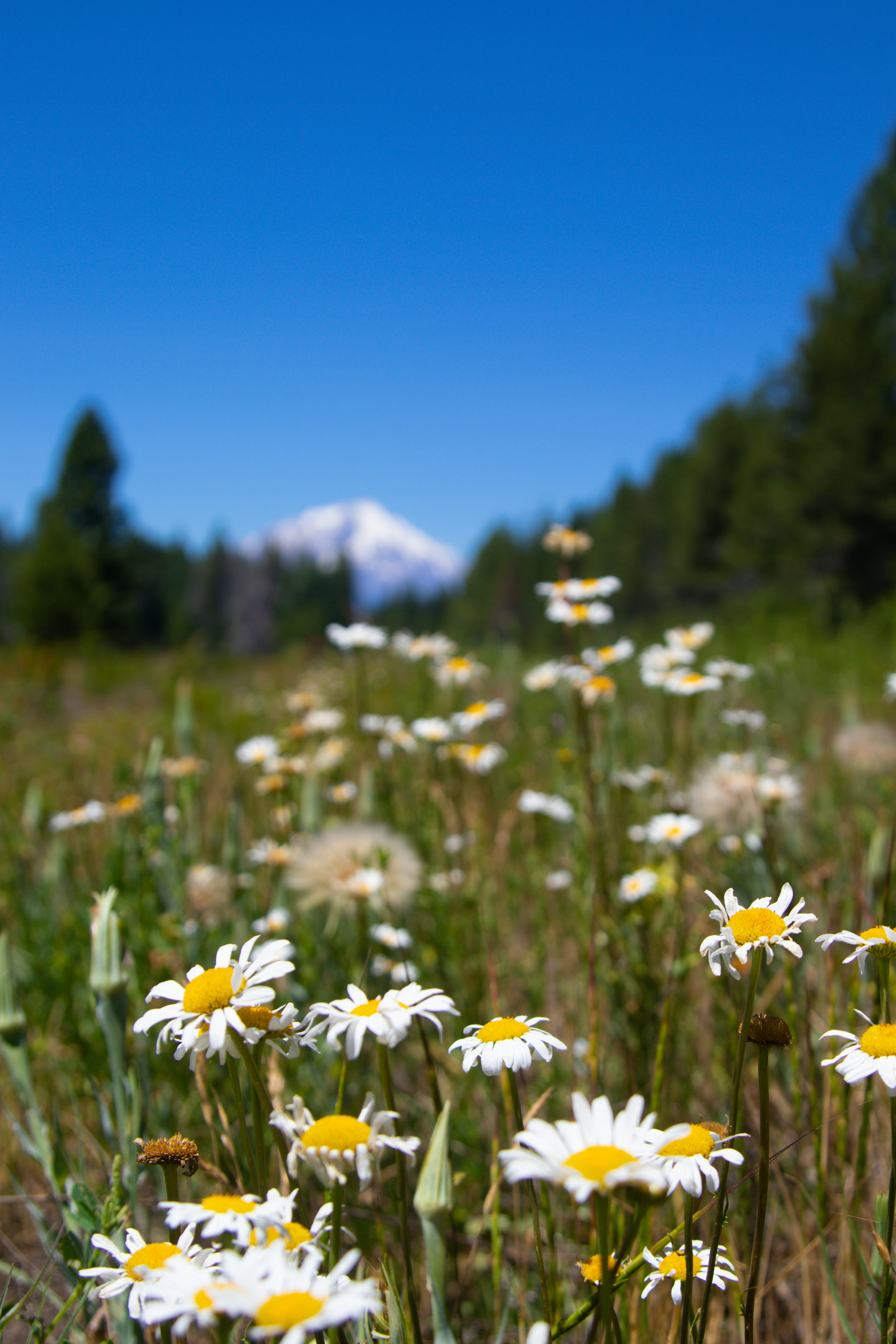Imagine standing at the base of the magnificent Mount Shasta, its snow-capped peak soaring into the sky. Your heart races with excitement as you contemplate the challenge that lies ahead. Surrounded by breathtaking natural beauty, you can't help but wonder: Can you go up Mount Shasta? In this article, we will explore the possibilities and discover the exhilarating experience that awaits those brave enough to take on this remarkable mountain.
Getting to Mount Shasta
By Car
One of the most convenient ways to reach Mount Shasta is by car. The mountain is easily accessible via Interstate 5, and there are several roads that lead to different trailheads. Whether you're coming from southern or northern California, driving to Mount Shasta offers the flexibility to explore the surrounding areas and make stops along the way. Just be prepared for long drives, especially if you're coming from a distant city.
By Public Transportation
If you prefer not to drive, there are public transportation options available to reach Mount Shasta. Amtrak runs trains through the nearby town of Dunsmuir, which is about a 15-minute drive from the mountain. From there, you can arrange for a shuttle service or a taxi to take you to the trailheads. Additionally, there are bus services that connect major cities to Mount Shasta, providing another convenient option for those without a car.
By Plane
For those traveling from far away, flying to Mount Shasta may be the most practical option. The closest airport is Redding Municipal Airport, which is approximately 70 miles south of the mountain. From there, you can rent a car or arrange for a shuttle service to take you to Mount Shasta. Another option is to fly into Sacramento International Airport, which is about 200 miles south of Mount Shasta, and then drive or take public transportation to the mountain.
Permits and Regulations
Obtaining Permits
Before you embark on your Mount Shasta adventure, it's important to obtain the necessary permits. If you plan on climbing to the summit, you'll need a summit pass, which can be obtained from the Mount Shasta Ranger Station. The summit pass helps the authorities manage the number of climbers on the mountain and ensure safety. Additionally, if you're planning a multi-day climb and need to camp overnight, you'll need a wilderness permit, which can also be obtained from the ranger station.
Climbing Restrictions
Mount Shasta has specific climbing restrictions in place to protect both the environment and climbers' safety. These restrictions may vary depending on the route and the time of year. It's crucial to check with the Mount Shasta Ranger Station or visit their website to get the most up-to-date information on any climbing restrictions before you start your ascent. Being aware of and respecting these restrictions is essential for a successful and responsible climb.
Leave No Trace Principles
When you explore the wilderness, it's important to leave no trace of your presence to preserve the natural beauty of Mount Shasta. The mountain and its surrounding areas are cherished by outdoor enthusiasts, and preserving them is a shared responsibility. Practice Leave No Trace principles by properly disposing of waste, minimizing campfire impact, respecting wildlife, and staying on designated trails. By following these principles, you can help protect Mount Shasta's fragile ecosystem for future generations to enjoy.

Choosing a Route
Avalanche Gulch
Avalanche Gulch is the most popular and frequently climbed route on Mount Shasta. This route offers a challenging but achievable ascent, with stunning views along the way. It's a great option for climbers with moderate experience and fitness levels. However, Avalanche Gulch can be crowded during peak climbing seasons, so be prepared to encounter other climbers on the route.
Clear Creek
Clear Creek is another popular route that provides a unique and scenic experience. This route is known for its beautiful alpine meadows and picturesque waterfalls. However, it's important to note that Clear Creek is considered a more difficult route due to its steep terrain and potential rockfall hazards. If you're an experienced climber looking for a thrilling challenge, Clear Creek could be the route for you.
Bolam Glacier
The Bolam Glacier route offers a more technical and demanding climb compared to Avalanche Gulch and Clear Creek. This route requires a high level of mountaineering skills and experience, including ice climbing and glacier travel. It's less crowded than the other popular routes, offering a more secluded and adventurous experience for seasoned climbers.
Hotlum-Bolam Ridge
The Hotlum-Bolam Ridge route is known for its exceptional views and rugged beauty. This route follows the ridge between the Hotlum and Bolam Glaciers, providing a challenging and rewarding climb. It requires advanced mountaineering skills and navigation abilities. This route is less crowded, making it a good choice for climbers seeking a more remote and serene experience.
West Face
The West Face route is considered one of the most difficult routes on Mount Shasta. It involves steep and technical climbing, with sections of exposed rock and ice. This route is recommended only for experienced climbers who have advanced rock and ice climbing skills. If you're up for the challenge, the West Face offers an exhilarating and unforgettable climb.
Casa Diablo
Casa Diablo is a relatively new route on Mount Shasta, offering a unique and lesser-known experience. This route takes climbers up the southeast side of the mountain, offering breathtaking views of the surrounding wilderness. While it's not as crowded as the more popular routes, Casa Diablo still requires a moderate level of climbing experience and fitness.
Fitness and Preparation
Physical Fitness
Climbing Mount Shasta requires a good level of physical fitness. The ascent can be physically demanding, especially at higher altitudes where the air is thinner. It's recommended to engage in regular cardiovascular exercise and strength training to build endurance and core strength. Incorporating activities such as hiking, running, cycling, and weightlifting into your routine can help prepare your body for the physical challenges of climbing Mount Shasta.
Acclimatization
Acclimatization is a critical aspect of preparing for a successful summit attempt on Mount Shasta. As you ascend to higher altitudes, your body needs time to adjust to the thinner air and reduced oxygen levels. It's recommended to spend at least a few days at higher elevations, gradually increasing your altitude each day, to allow your body to acclimatize properly. This helps minimize the risk of altitude sickness and enhances your overall climbing experience.
Training Tips
In addition to cardiovascular exercise and strength training, there are other specific training tips that can help you prepare for climbing Mount Shasta. Incorporate exercises that simulate uphill hiking and climbing, such as stair climbing or using a stair stepper machine. Practice carrying a backpack with weight to simulate the load you'll be carrying during your climb. Increase your training intensity gradually to avoid overexertion and risk of injury.
Packing Essentials
Proper packing is essential for a successful and safe climb. Some essential items to include in your packing list are:
- Adequate clothing layers for varying weather conditions, including a waterproof and windproof jacket and pants.
- Sturdy hiking boots with good ankle support and traction.
- A well-fitting backpack to carry your gear, food, and water.
- Navigation tools such as a map, compass, and GPS device.
- Sufficient food and water, including high-energy snacks and electrolyte-replenishing drinks.
- A first aid kit, including any necessary medications and supplies.
- Headlamp and extra batteries for early morning or nighttime climbs.
- Proper sun protection, including sunglasses, sunscreen, and a hat.
- Climbing gear specific to your chosen route, such as crampons, ice axe, and helmet.
Approaching the Summit
Trailhead Options
There are several trailheads to choose from when approaching the summit of Mount Shasta. Each trailhead offers a unique starting point and route options. Some popular trailheads include Bunny Flat, Clear Creek, and Brewer Creek. It's important to research and select the trailhead that best matches your climbing route and level of experience.
Time of Year
The time of year you choose for your Mount Shasta climb can greatly impact your experience. The optimal climbing season typically runs from May to September, when the weather is milder, and the snow conditions are more favorable. However, keep in mind that weather conditions can change rapidly, and even during the climbing season, there may be storms or high winds. It's essential to monitor the forecast and be prepared for inclement weather.
Weather Conditions
Mount Shasta experiences a wide range of weather conditions throughout the year. It's important to be prepared for both mild and extreme weather scenarios. The weather on the mountain can vary significantly from the conditions at the trailhead, and temperatures can drop rapidly as you ascend in elevation. Strong winds, fog, and snowstorms are common at higher altitudes, so pack appropriate clothing and gear to protect yourself from the elements.
Camping on the Mountain
If you're planning a multi-day climb, there are designated camping areas available on Mount Shasta. These camping spots provide a place to rest and acclimatize before your summit attempt. Some popular camping areas include Horse Camp, Helen Lake, and Avalanche Gulch. It's crucial to obtain a wilderness permit and follow all camping regulations to minimize environmental impact and ensure a safe and enjoyable camping experience.
Potential Hazards
Altitude Sickness
Altitude sickness, also known as acute mountain sickness (AMS), is a common concern when climbing Mount Shasta. As you ascend to higher altitudes, the air becomes thinner and contains less oxygen. This can lead to symptoms such as headache, nausea, fatigue, and difficulty breathing. It's important to acclimatize properly, stay hydrated, and listen to your body. If you experience severe symptoms, it's best to descend to lower elevations and seek medical attention if necessary.
Avalanches
Mount Shasta is known for its steep slopes and significant snowfall, making it prone to avalanches, especially during the winter and early spring months. It's crucial to check avalanche conditions and forecasts before your climb, particularly if you're planning to tackle routes with steep slopes. Carrying avalanche safety equipment, such as an avalanche beacon, shovel, and probe, and knowing how to use them is essential for your safety.
Crevasse Danger
Some of the glaciated routes on Mount Shasta, such as the Bolam Glacier and Hotlum-Bolam Ridge, have crevasse hazards. These deep cracks in the ice can be hidden and pose significant dangers to climbers. It's critical to have the necessary skills and knowledge to navigate crevasse terrain safely. If you're not experienced in glacier travel, it's advisable to choose a non-glaciated route or go with an experienced guide who can navigate crevasse terrain.
Falling Rocks
As you climb Mount Shasta, particularly on the more challenging routes, there is always a risk of falling rocks. Loose rocks can be dislodged by other climbers or natural causes, posing a danger to climbers below. Wearing a helmet and maintaining awareness of your surroundings can help mitigate the risk of injury from falling rocks. Climbing during less busy times or choosing less crowded routes can also reduce the chance of encountering falling rocks.
Extreme Cold
Mount Shasta's summit is characterized by extreme cold temperatures. Even during the climbing season, temperatures can drop well below freezing, particularly at night. Proper layering of clothing, including thermal base layers and insulating mid-layers, is crucial to stay warm. Don't forget to protect your extremities by wearing warm gloves or mittens, insulated boots, and a balaclava or face mask. Take frequent breaks to warm up and stay hydrated, as cold temperatures can increase fluid loss.
Storms and Lightning
Storms and lightning are significant hazards when climbing Mount Shasta, particularly during the summer months. Thunderstorms can develop rapidly at high altitudes and pose serious risks to climbers. It's important to monitor weather forecasts closely and start your climb early in the day to reduce the chances of encountering thunderstorms. If a storm approaches, it's essential to seek shelter immediately and descend to a lower elevation if possible.

Guided Expeditions
Benefits of a Guide
Opting for a guided expedition can offer several benefits when climbing Mount Shasta. Experienced guides have in-depth knowledge of the mountain's routes, conditions, and potential hazards. They can provide valuable instruction and guidance in glacier travel, rope techniques, and route finding. Guides also ensure group safety, minimize risks, and provide valuable support in case of emergencies. Choosing a guided expedition can enhance your climbing experience, particularly if you're less experienced or not familiar with the mountain.
Choosing a Guide Service
When selecting a guide service for your Mount Shasta climb, it's important to research and choose a reputable and experienced company. Look for guide services that have well-trained guides with certifications and a proven track record in mountaineering. Read reviews and testimonials from previous climbers to get an idea of the guide service's reputation. It's also helpful to inquire about the guide-to-client ratio and the level of support provided during the climb.
Costs and Packages
The cost of guided expeditions on Mount Shasta varies depending on the guide service, the duration of the climb, and the level of support provided. It's essential to consider the value you're getting for the price, including the expertise and experience of the guides, the quality of the equipment provided, and the level of personalized attention. Take the time to compare different guide services and packages to find one that suits your budget and requirements.
Famous Climbs and Records
First Ascent
The first recorded ascent of Mount Shasta was made by a Euro-American party led by general William S. Abert in 1854. However, it's important to acknowledge that Mount Shasta has been climbed by Native American tribes for centuries before the arrival of European settlers. The first ascent by Native Americans is not documented but holds great historical and cultural significance.
Fastest Ascent
The fastest known ascent of Mount Shasta is a record that has been achieved and broken several times by elite climbers. As of the latest records, the fastest time for the round-trip climb from the Bunny Flat trailhead to the summit and back is under four hours. This impressive feat requires exceptional fitness, technical skills, and favorable weather conditions.
Most Difficult Routes
Mount Shasta offers a range of challenging routes that test the skills and abilities of even the most experienced climbers. The West Face route is widely regarded as one of the most difficult routes on the mountain due to its steepness, exposure, and technical climbing sections. Other notable difficult routes include the Cassaval Ridge and the Hotlum Glacier. These routes require advanced mountaineering skills, equipment, and a high level of physical fitness.
Mount Shasta's Cultural Significance
Native American Legends
Mount Shasta holds great cultural significance for many Native American tribes in the region. It is considered a sacred mountain and is steeped in mythology and legends. According to Native American folklore, Mount Shasta is believed to be the dwelling place of powerful spirits and deities. It is considered a place of spiritual renewal, vision quests, and communication with the spiritual realm.
Spiritual and Mystical Beliefs
Mount Shasta has also become associated with various spiritual and mystical beliefs beyond Native American traditions. Some people believe that the mountain is a cosmic energy vortex, emitting powerful spiritual energy that enhances meditation, healing, and spiritual growth. Mount Shasta is said to attract individuals seeking spiritual enlightenment, UFO enthusiasts, and those interested in metaphysics and alternative spirituality.
Hiking as a Spiritual Experience
For many hikers, climbing Mount Shasta is not just a physical challenge but also a spiritual journey. The serene beauty of the mountain, the vastness of the wilderness, and the sense of solitude can provide a profound spiritual experience. The peacefulness and tranquility of the surroundings allow hikers to connect with nature, reflect on their own lives, and find inner peace and clarity. Many hikers report feelings of awe, gratitude, and a deep connection to the natural world while climbing Mount Shasta.
Other Activities
Hiking
Mount Shasta offers a wide range of hiking opportunities, not just for climbers but also for those who prefer to explore the mountain on foot without ascending to the summit. There are numerous trails of varying lengths and difficulty levels that lead to scenic viewpoints, alpine lakes, and beautiful meadows. Hiking on Mount Shasta provides an excellent opportunity to immerse yourself in nature, enjoy breathtaking views, and experience the mountain's unique ecosystem.
Mountain Biking
If you're an avid mountain biker, Mount Shasta has plenty to offer. The surrounding area features a network of trails that cater to riders of all skill levels. From scenic forest trails to technical descents, there are options for every type of mountain biker. Just remember to check trail regulations and access restrictions, as some trails are designated for hiking or equestrian use only.
Skiing and Snowboarding
During the winter months, Mount Shasta transforms into a winter sports playground. With its abundant snowfall and well-maintained ski areas, the mountain attracts skiers and snowboarders from near and far. The Mount Shasta Ski Park offers a range of slopes for all skill levels, while the backcountry surrounding the mountain provides opportunities for more adventurous skiing and snowboarding.
Fishing
For those who enjoy fishing, Mount Shasta's nearby lakes and rivers offer excellent opportunities. The region is known for its pristine lakes that are home to various fish species, including trout and salmon. Cast your line and enjoy the peacefulness of the surroundings while waiting for a bite. Just make sure to check local regulations and obtain the necessary permits before embarking on your fishing adventure.
In conclusion, Mount Shasta offers a world of adventure and natural beauty for outdoor enthusiasts. Whether you're an experienced climber looking to conquer challenging routes or a nature lover seeking a spiritual connection with the mountain, Mount Shasta has something to offer everyone. From the breathtaking views to the thrilling climbs, this majestic peak in northern California will leave you with memories to last a lifetime. So pack your bags, prepare yourself physically and mentally, and get ready for an unforgettable journey to the top of Mount Shasta.


